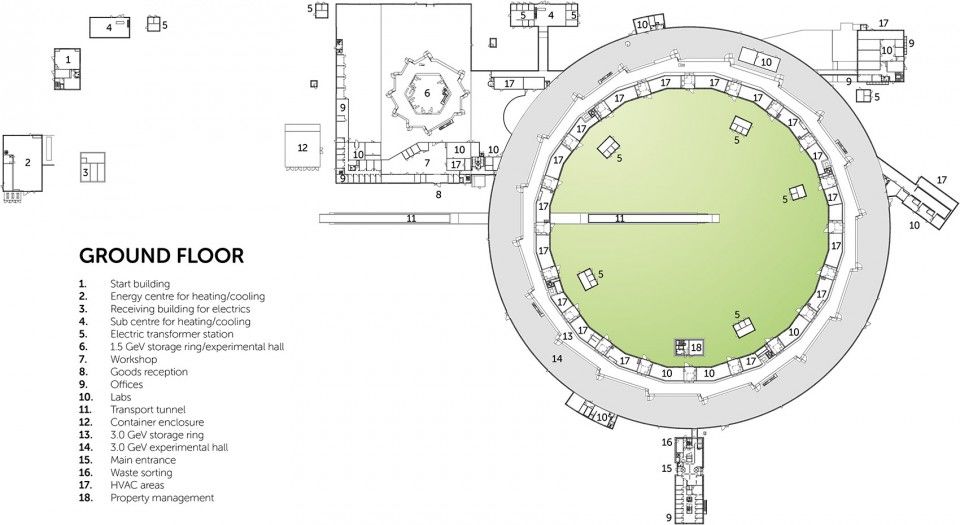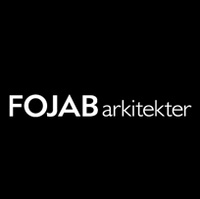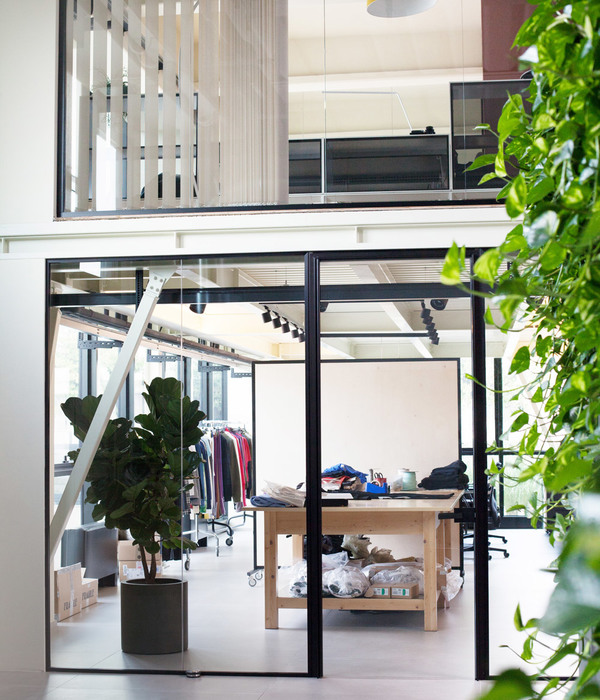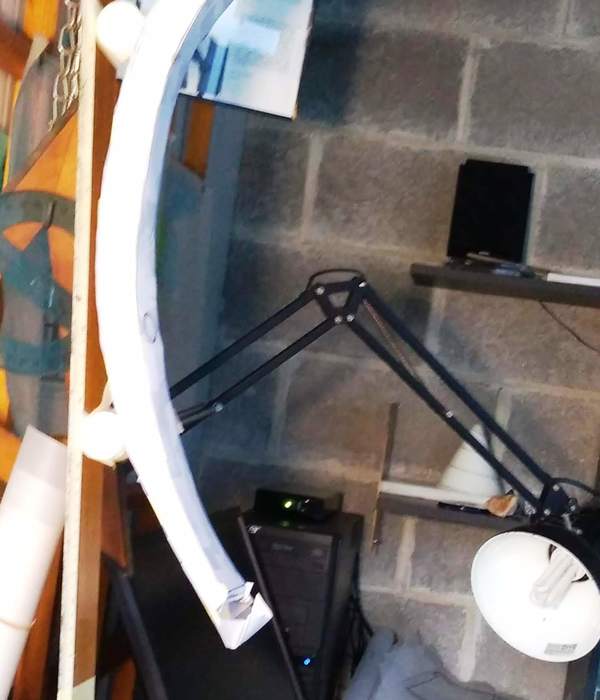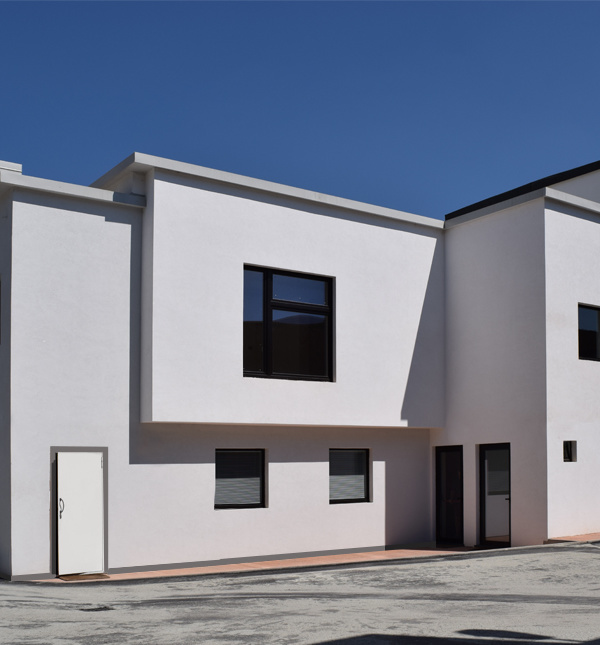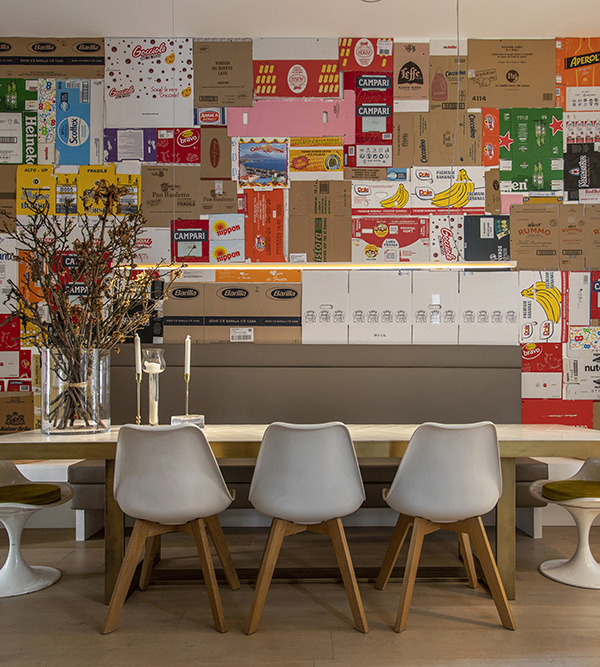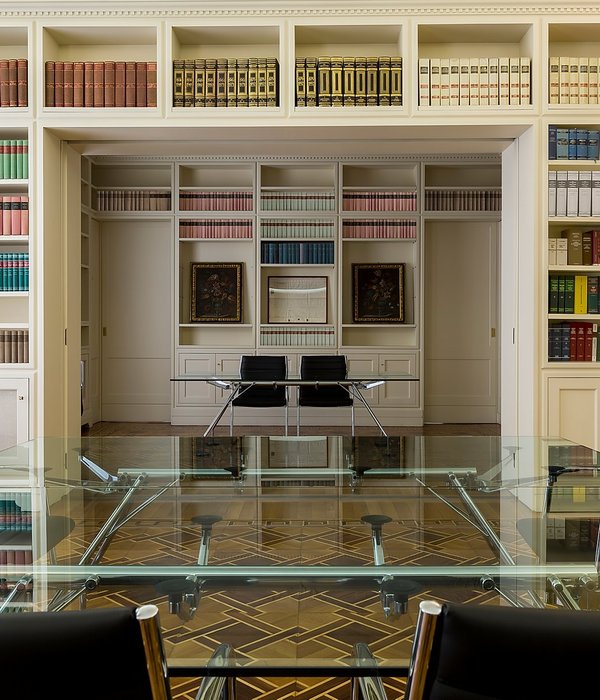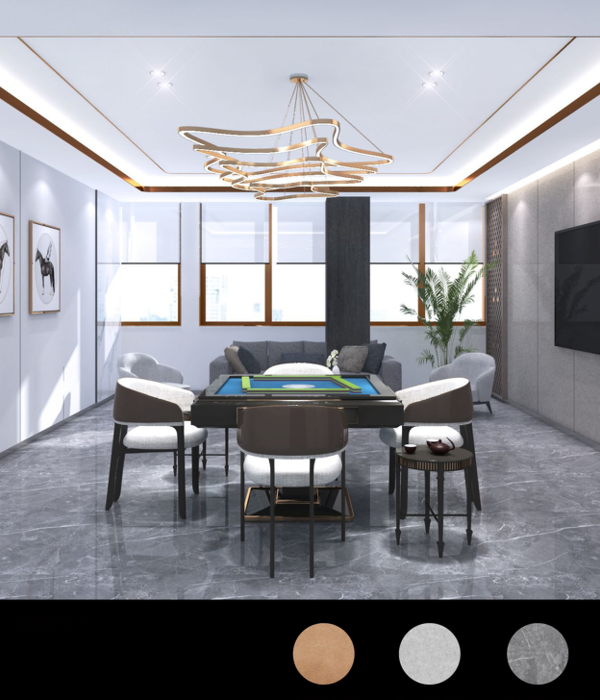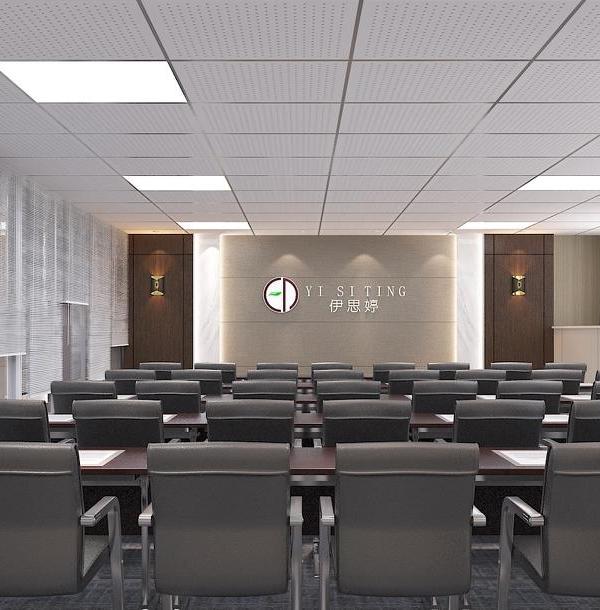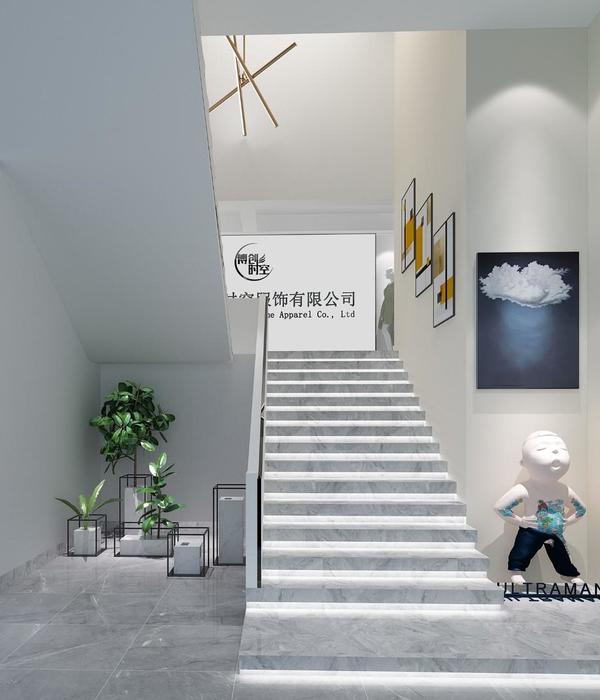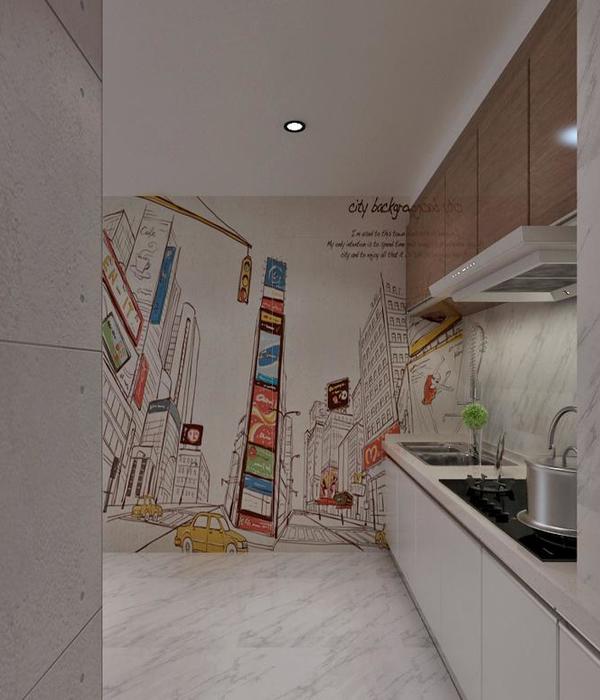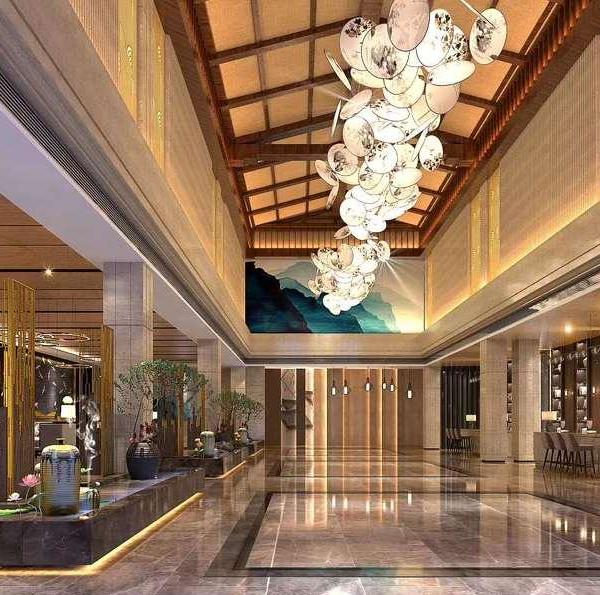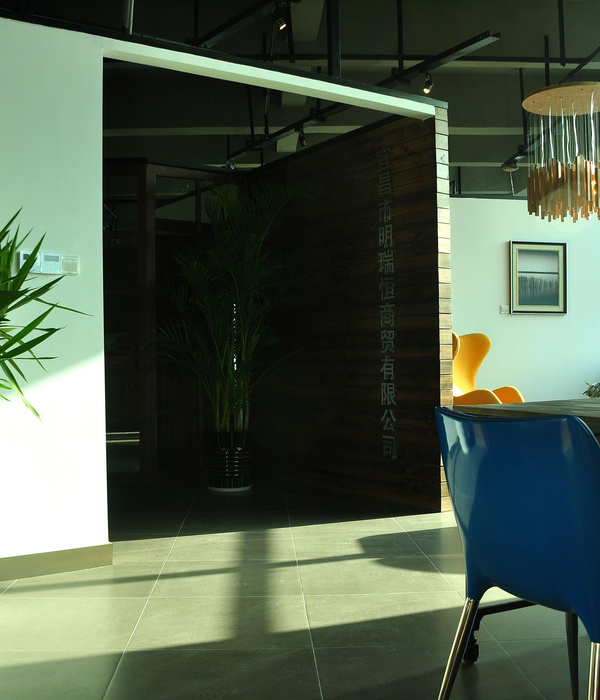瑞典 MAX IV 物理实验室 | 绿色环保的设计理念
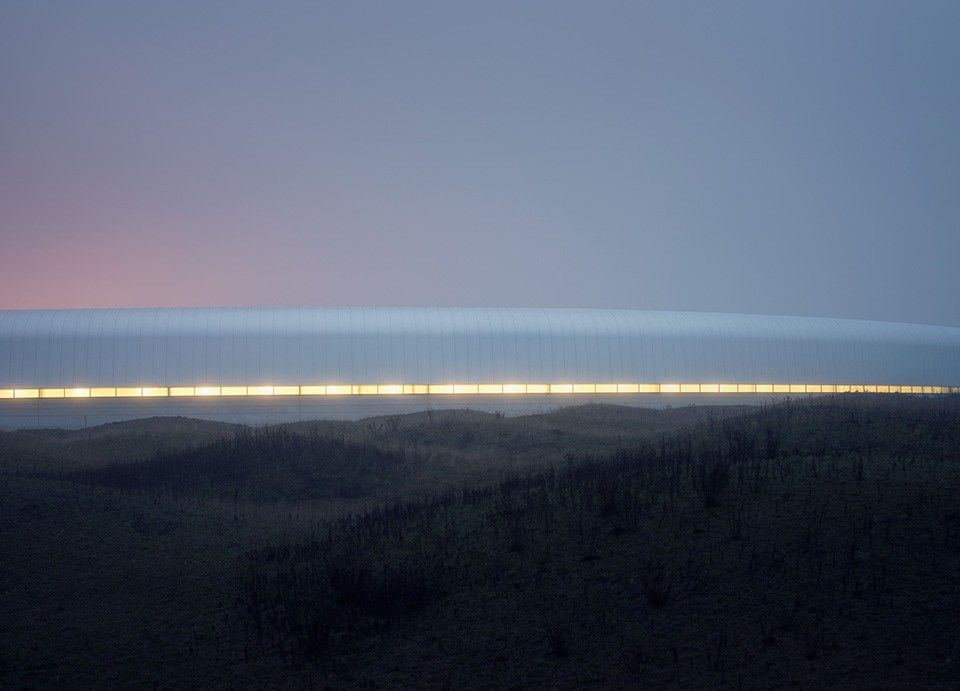
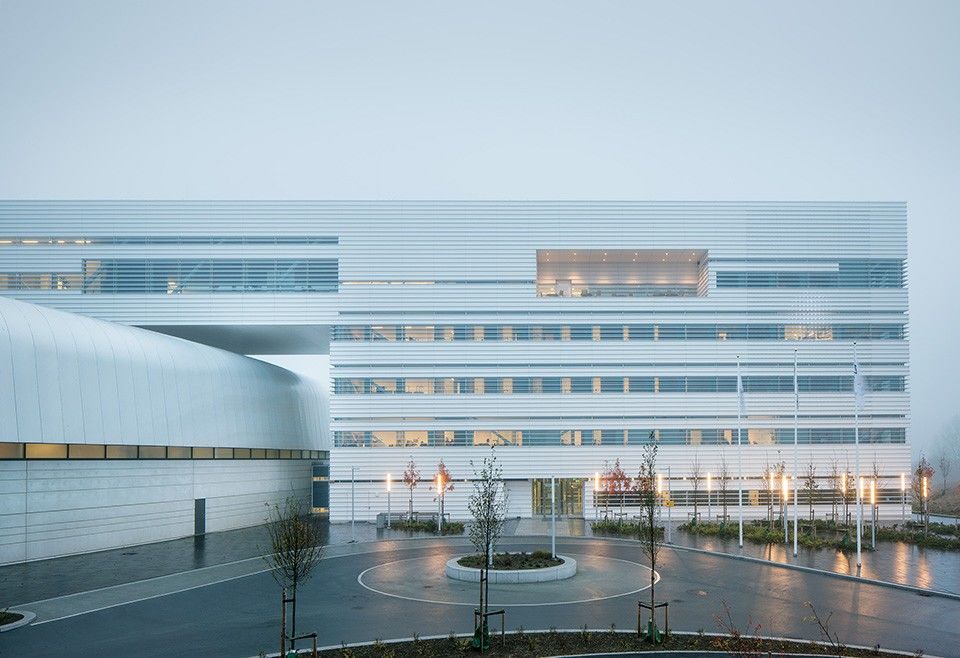
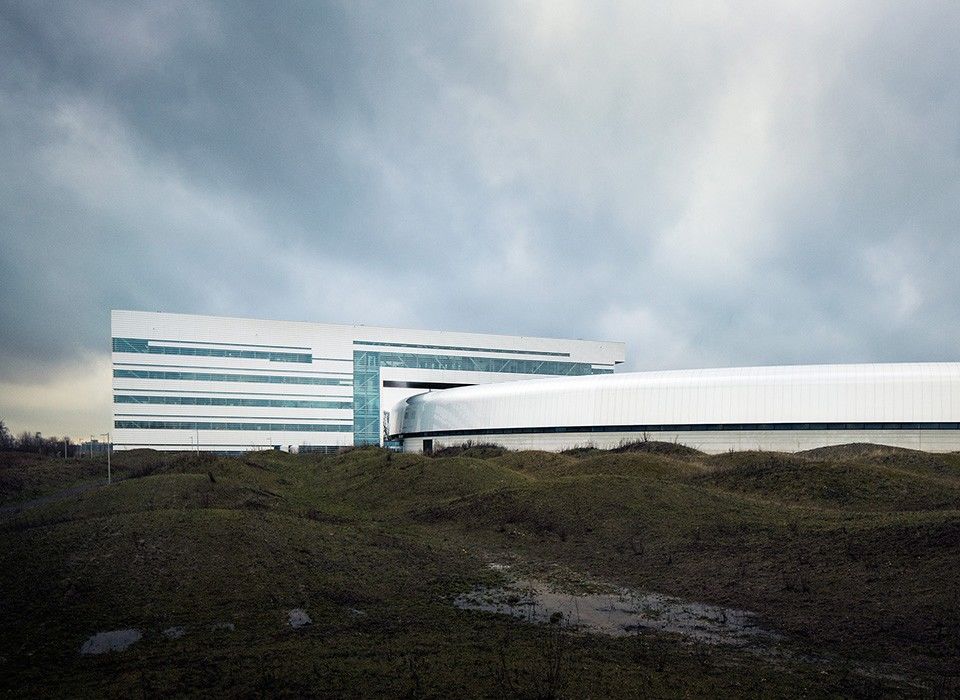
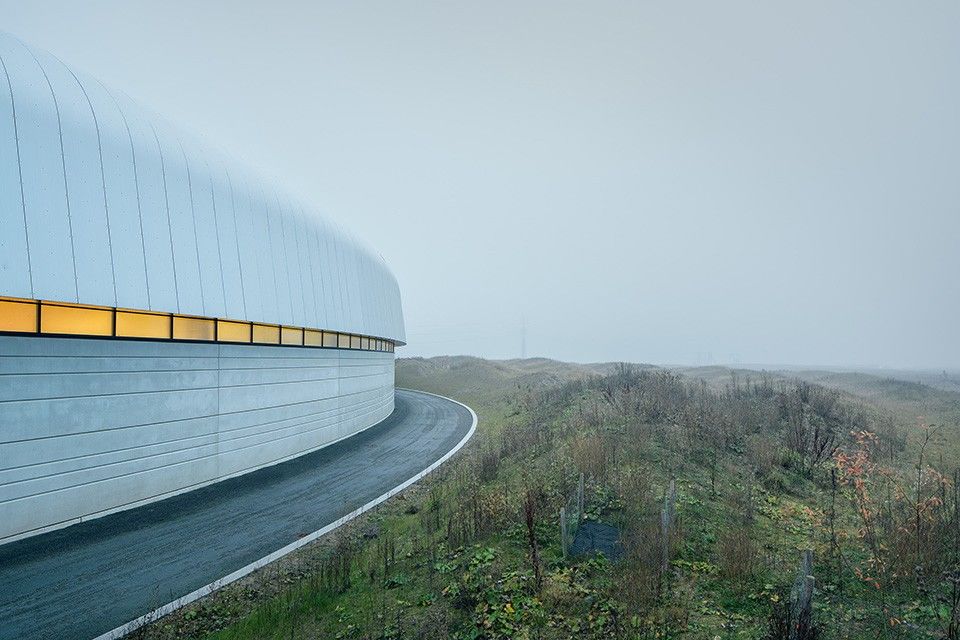
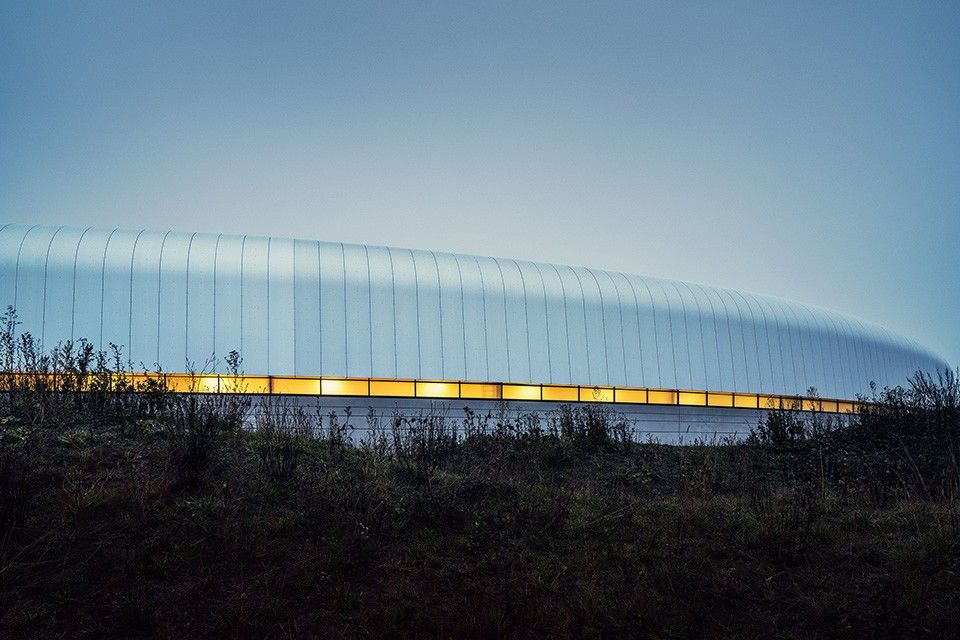
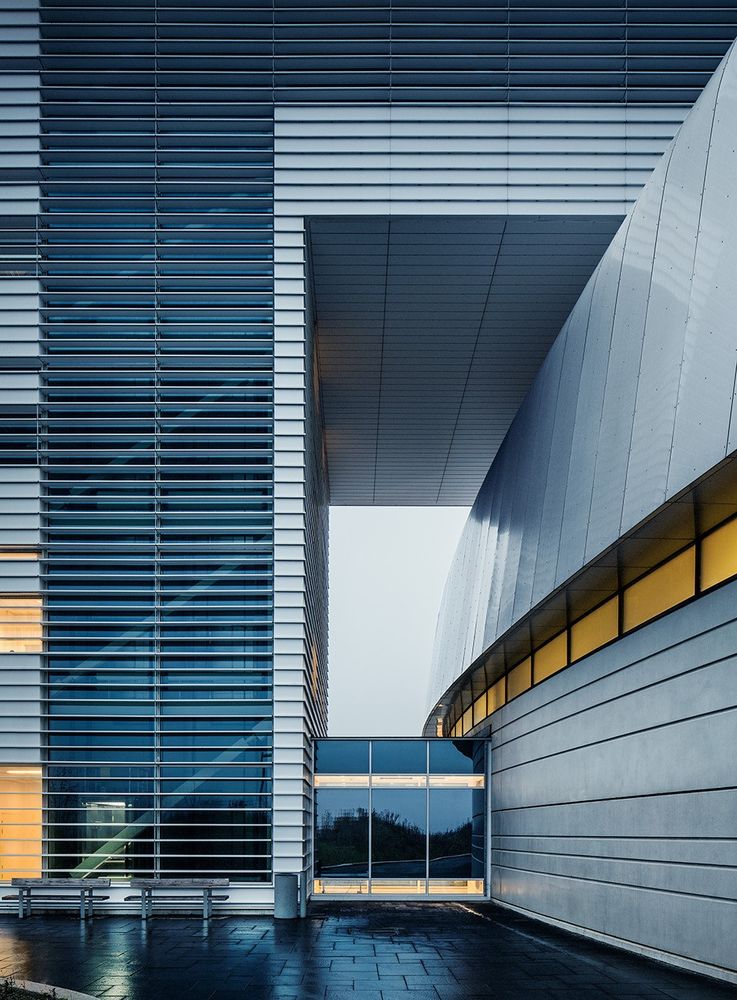
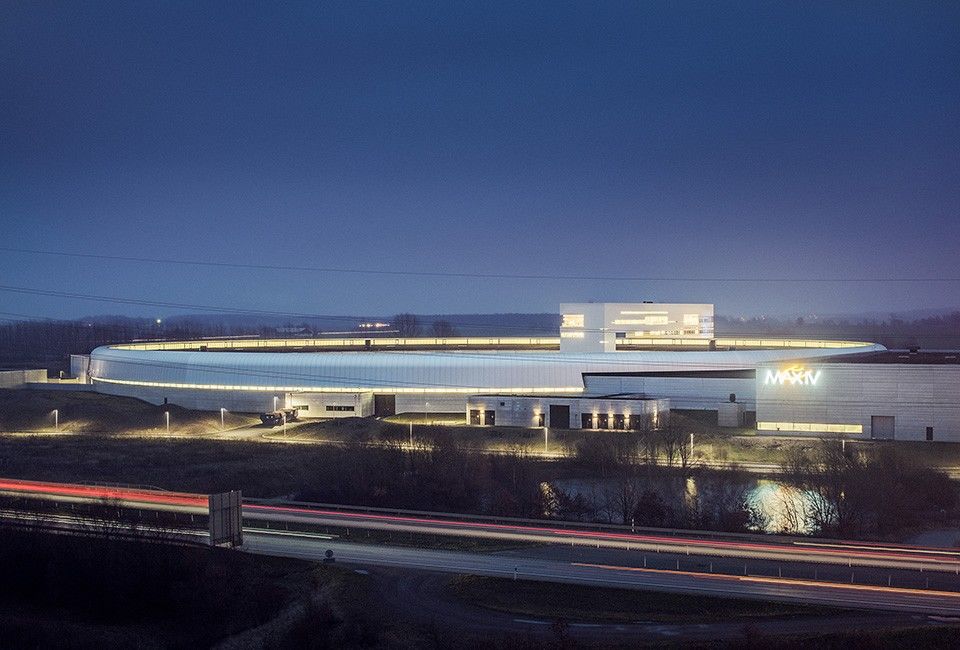

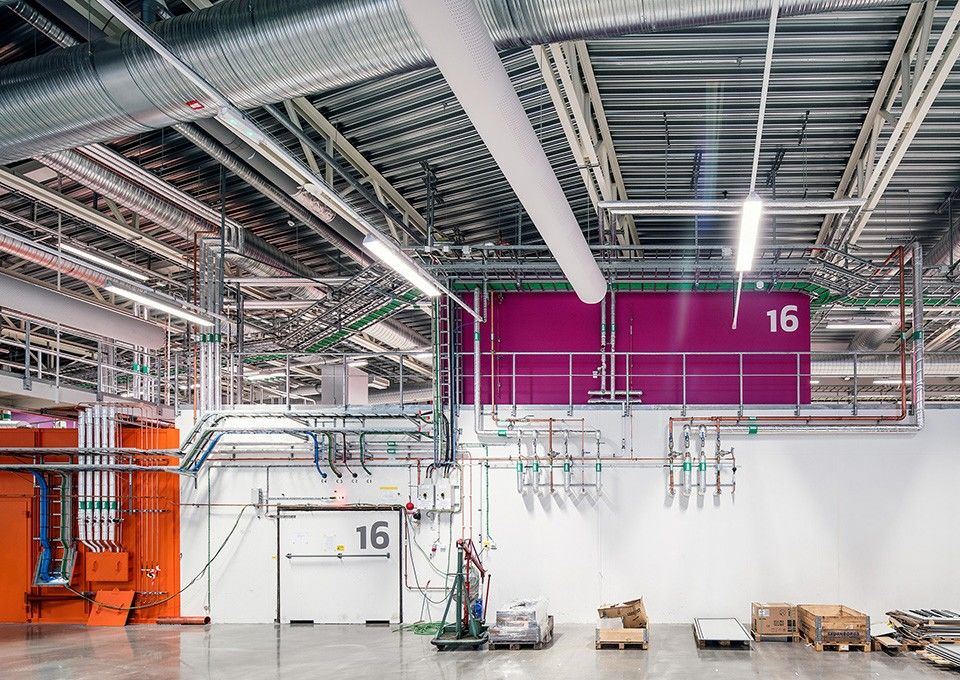
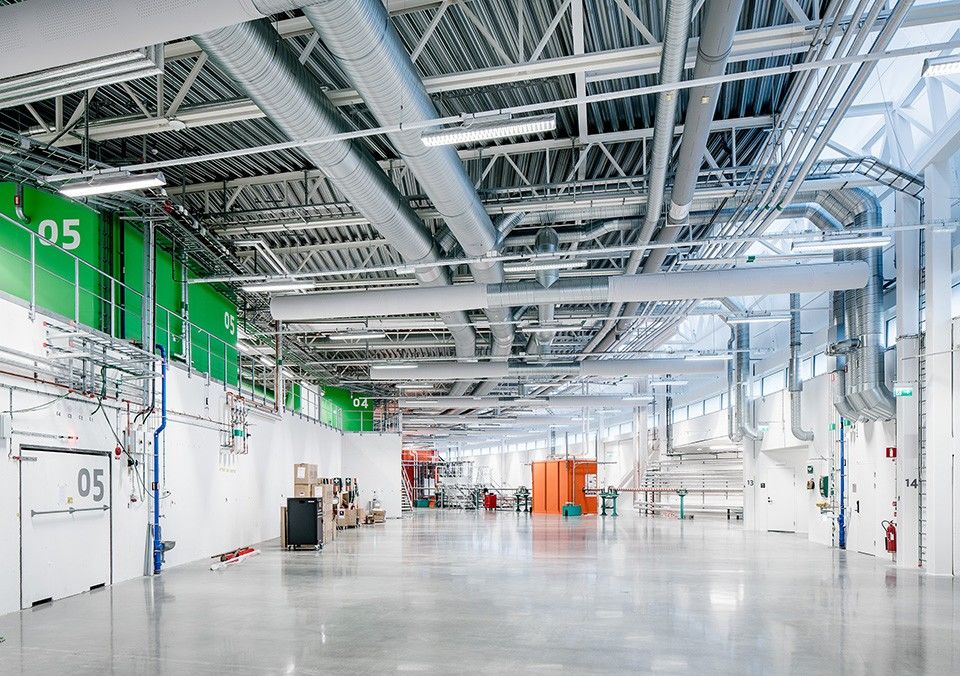
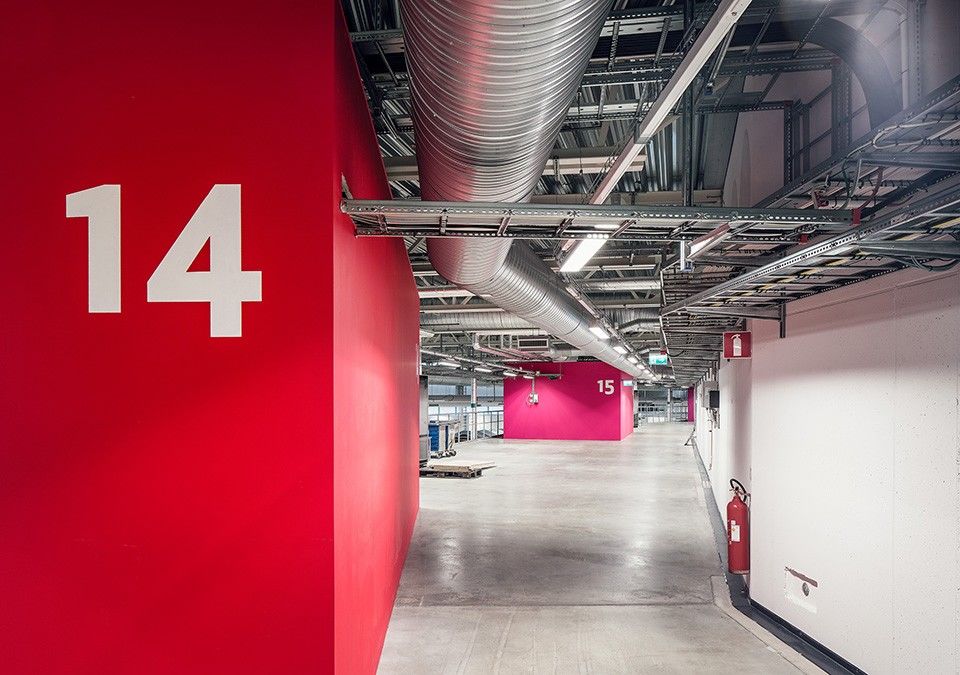
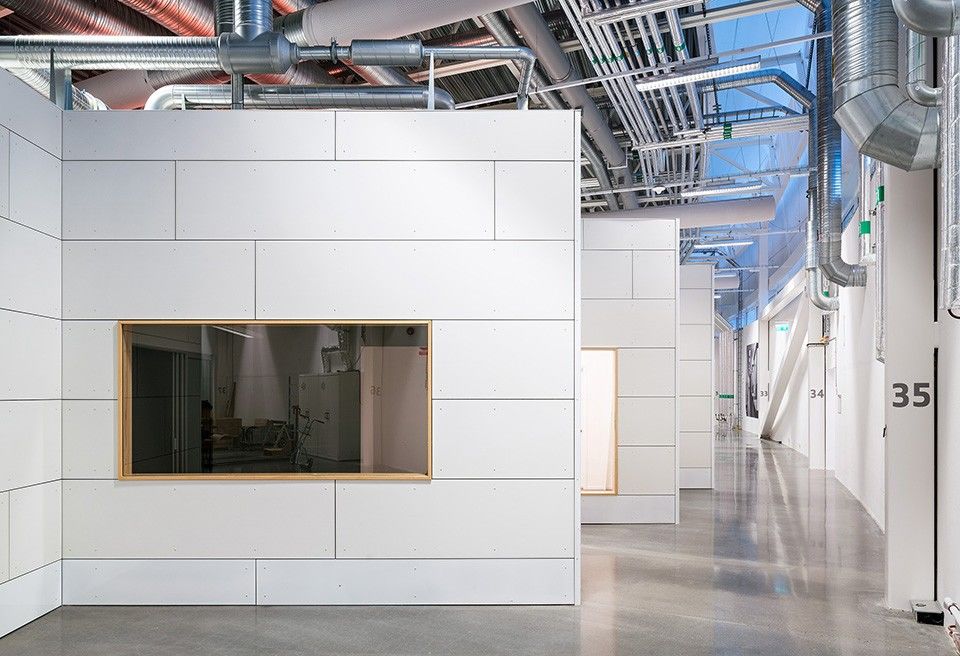
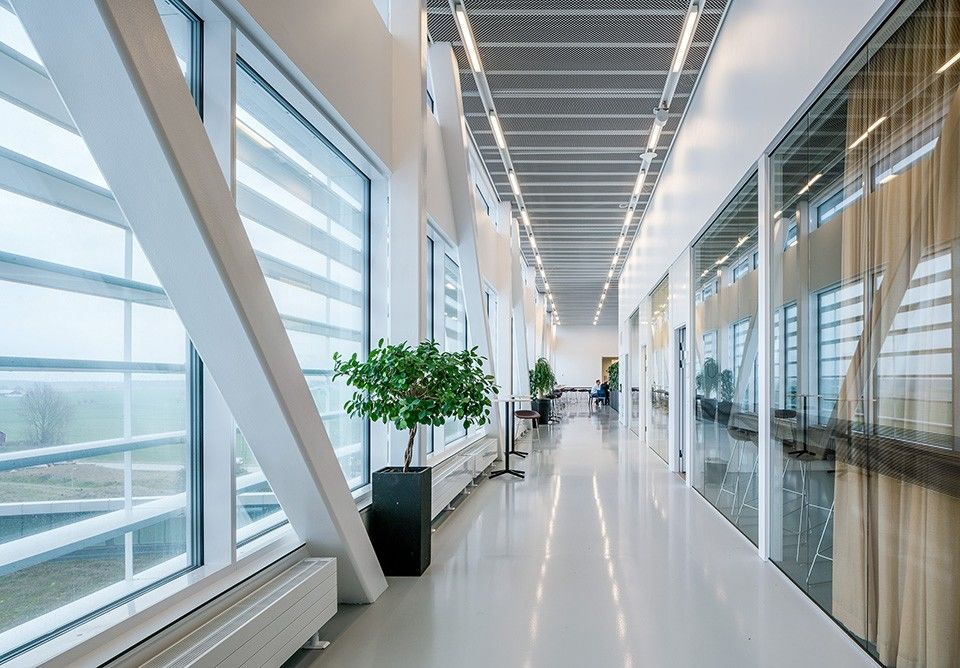
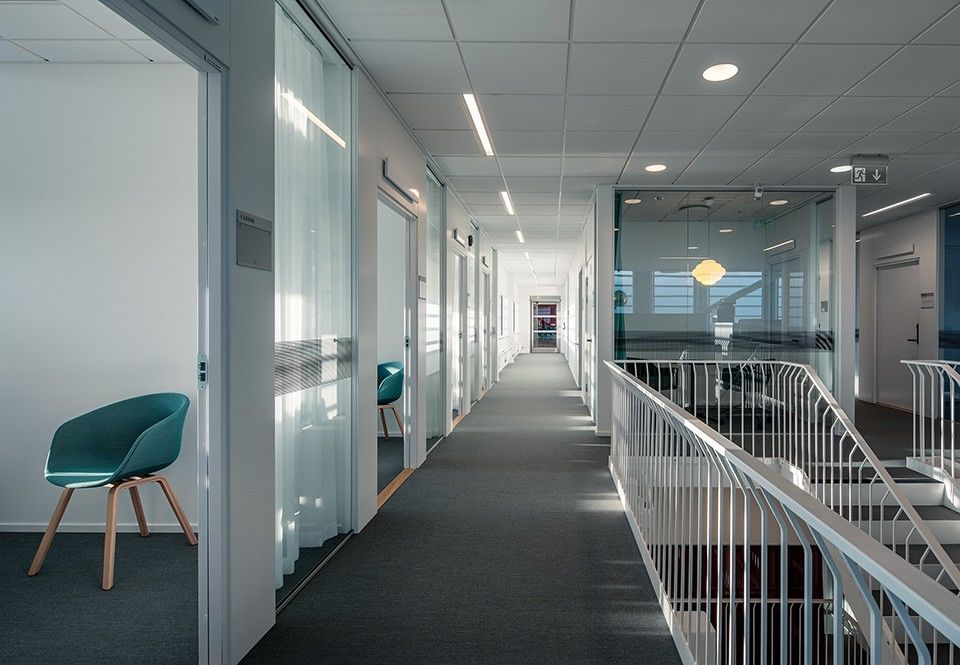
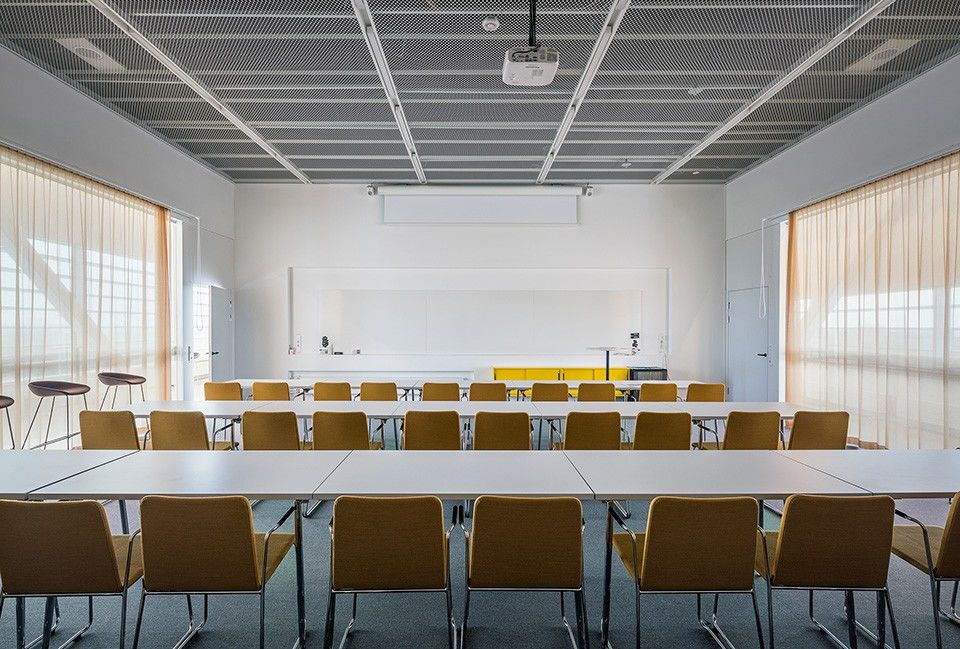
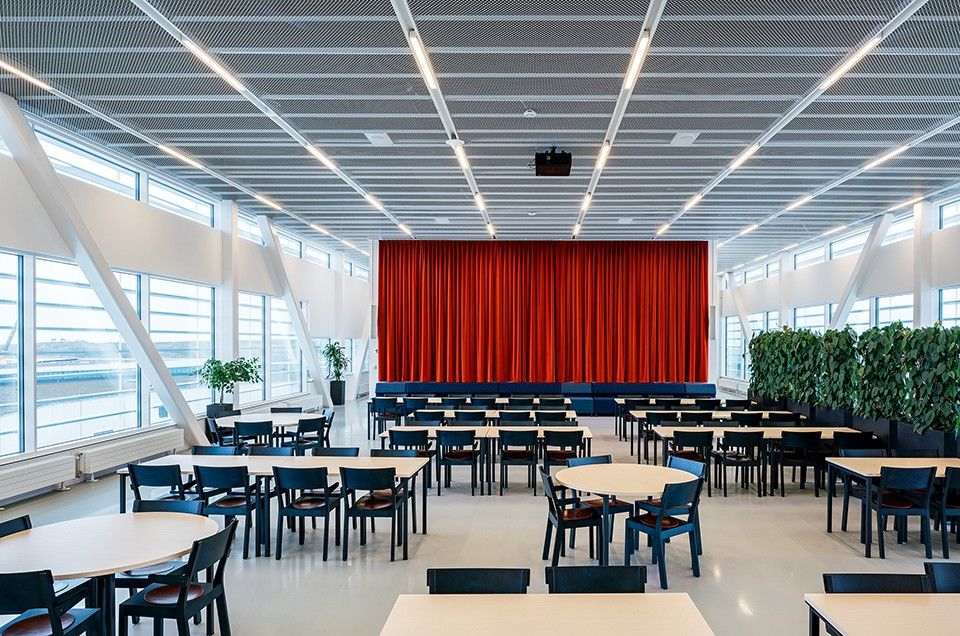
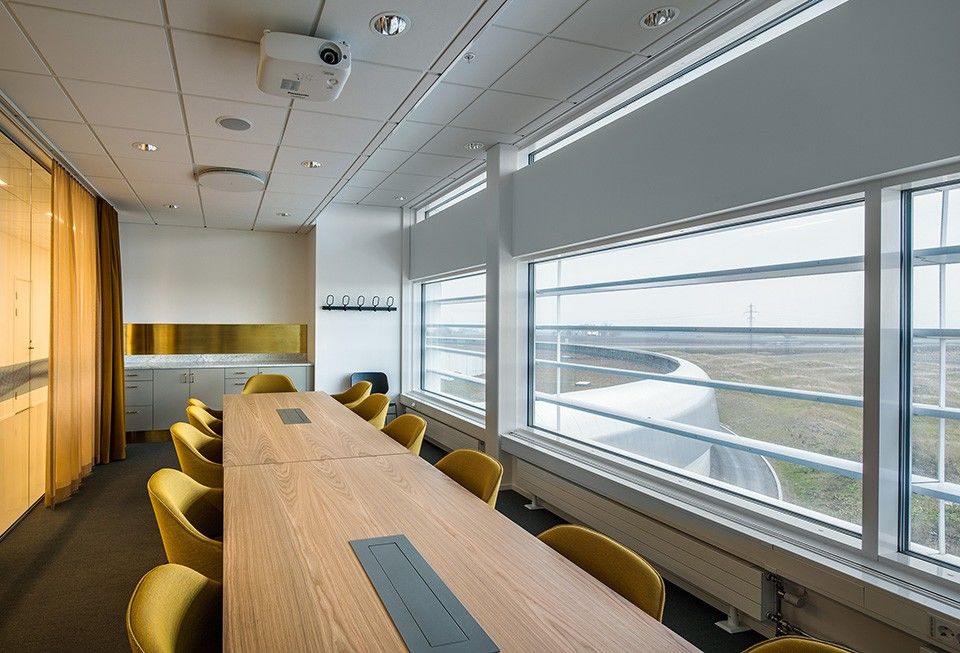
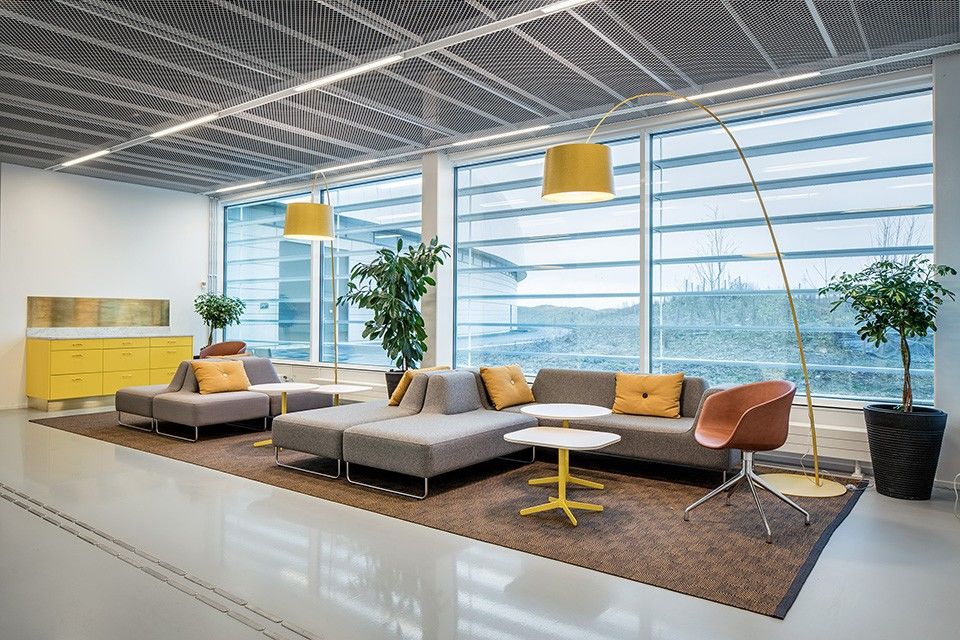
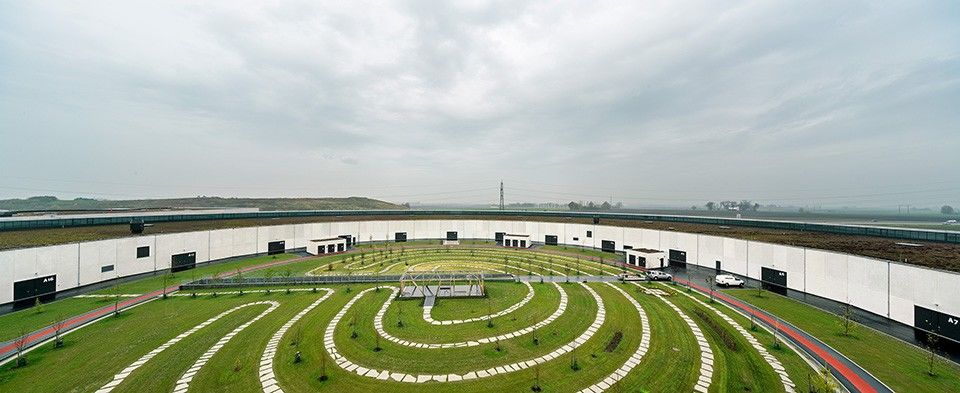

景观建筑设计的发展基于四个重要标准:
1.减轻地面振动:研究人员和工程师的测试显示,相邻高速公路(E22)造成的地震动可能会影响实验室的实验。通过创建斜坡和更复杂的表面,来减少地面震动频率。
2.质量平衡:采用切割灌装策略,着力优化现场挖掘质量的再利用。以这种方式,当同步加速器不再使用时可以确保将土地转为农业用途。通过将数字3D模型直接上载到GPS控制的推土机中,我们可以通过一个操作便将团块移动到最终位置,而不需要将其运走。
3.风暴水管理:隆德城市规划部门限制了城市管道的进水量,以及现场范围内的水管理。因此,干燥和潮湿的水池也是为1年和100年承载量的暴雨水而设计的。
4.植物选择和维护:在Kungsmarken附近发现附近的自然保护区使其可以通过收获干草并将其传播到新的丘陵地带来获得天然生态环境。并通过放牧和安置适合牧地的机器来维护生态环境。
The development of the landscape architecture design is based on four important criteria:
1.Mitigating ground vibrations: Testing led by researchers and engineers revealed that traffic on the neighboring highway (E22) was causing ground vibrations that could influence the experiments in the laboratories. By creating slopes and a more chaotic surface, the amount of ground vibrations has been reduced.
2.Mass balance: With focus on optimizing the reuse of the excavated masses on site, a cut and fill strategy was employed. This secures the option of reversing the land to agricultural use when the synchrotron is no longer on site. By uploading the digital 3D model directly into the GPS-controlled bulldozers, we were able to relocate the masses to their final position in one operations, and no masses were transported off site.
3.Storm water management: The city planning department of Lund restricts the quantity of water permitted to run into the city’s pipelines, and water management inside the site’s boundaries. Dry and wet ponds are therefore designed for both the 1-year and the 100-year storm water.
4.Plant selection and maintenance: The discovery of the nearby natural reserve area at Kungsmarken made it possible to use a selection of natural species by harvesting hay and spreading it on the new, hilly landscape. The maintenance strategy includes a combination of grazing sheep and conventional machines suitable for meadow-land.
▼效果图,rendering

▼轴侧剖面图,axon section
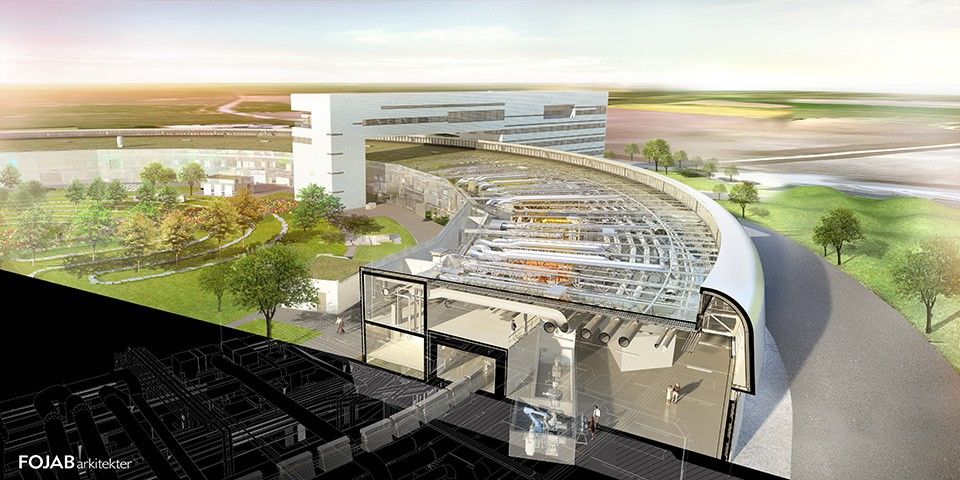
▼绿色设计理念,a green facility
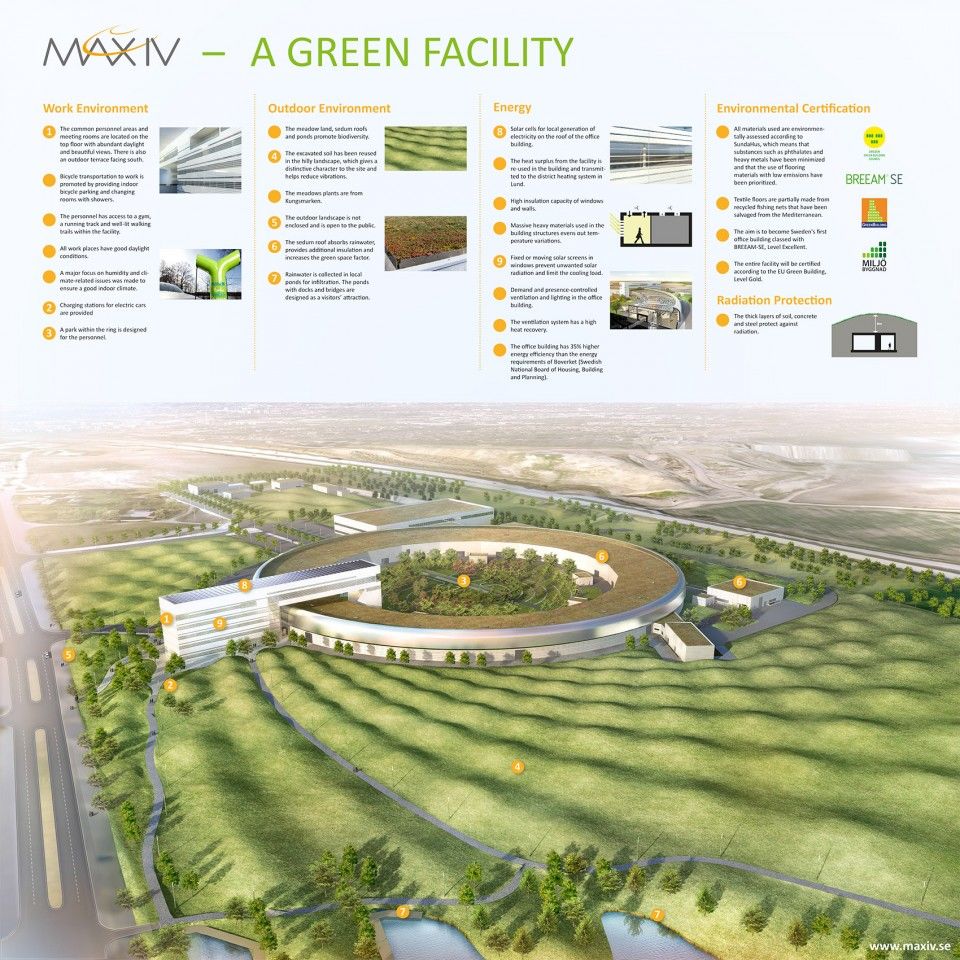
▼平面规划,plan
